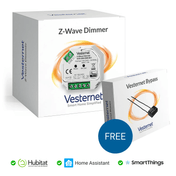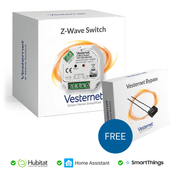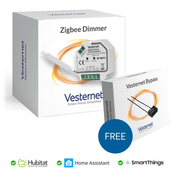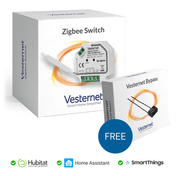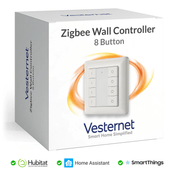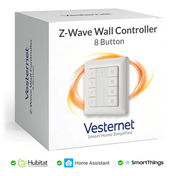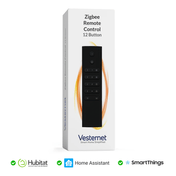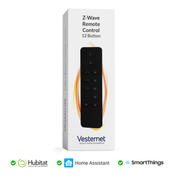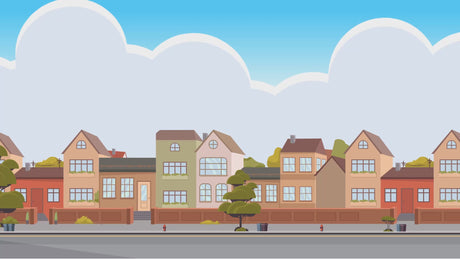Creating a truly connected smart home system often becomes a frustrating journey of incompatible devices, competing protocols, and mounting costs. Many homeowners find themselves with a collection of isolated gadgets that don't communicate effectively, leading to a disjointed experience that falls short of the seamless automation they envisioned. This challenge stems from approaching smart home integration without proper foundational planning.
The solution lies in strategic smart home design—a comprehensive approach that prioritises system architecture, protocol selection, and scalable integration from the very beginning. By establishing a solid foundation and following proven planning principles, you can build a cohesive ecosystem that grows with your needs whilst delivering consistent performance and genuine value. This methodical approach transforms what could be a costly trial-and-error process into a rewarding journey towards home automation mastery.
This comprehensive guide provides the framework needed to design and implement a successful smart home system. You'll learn how to assess your requirements, select compatible technologies, choose the right hub, and integrate components systematically whilst future-proofing your investment for years of reliable operation and expansion.
Understanding Smart Home System Architecture
Smart home system architecture functions like the nervous system of your automated home, with communication pathways connecting devices to a central hub that processes commands and coordinates responses. Understanding this structure is essential for building a smart home that operates reliably and efficiently across all connected components.
Core system components
- Central hub or gateway that manages device communication and automation rules
- Wireless protocols that enable device-to-device and device-to-hub communication
- End devices including sensors, switches, and controllers that execute commands
- Network infrastructure supporting reliable data transmission throughout your home
The architecture revolves around centralised control, where your hub serves as the command centre for all connected devices. This approach enables sophisticated automation scenarios, cross-device communication, and unified management through a single interface. Modern systems often support multiple protocols simultaneously, allowing you to integrate devices from different manufacturers whilst maintaining cohesive operation across your entire smart home ecosystem.
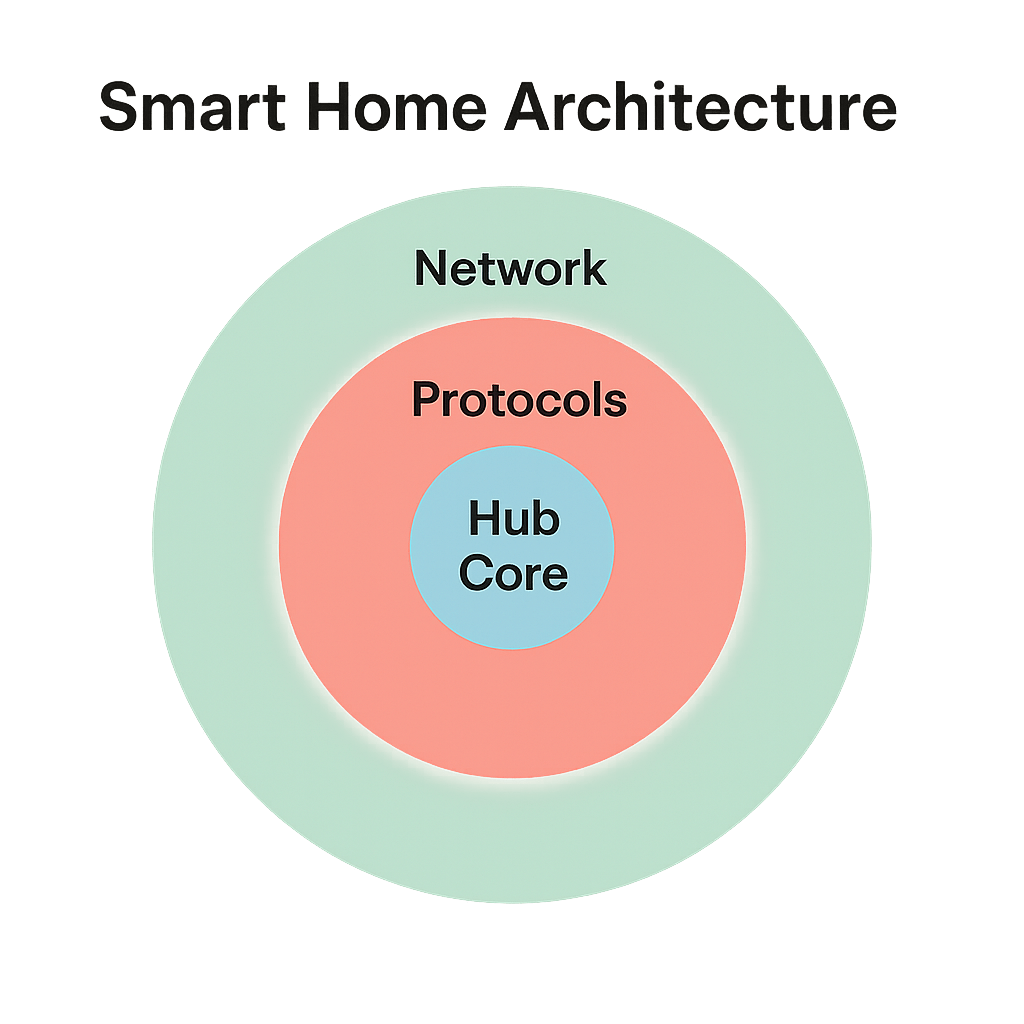
Strategic Planning: Assessing Your Home and Requirements
Effective smart home integration begins with a thorough assessment of your property's infrastructure, your household's specific needs, and your long-term automation goals. This evaluation forms the foundation for all subsequent decisions and prevents costly mistakes that arise from inadequate planning.
Infrastructure evaluation checklist
- Existing electrical systems and switch configurations throughout your property
- Network coverage and Wi-Fi strength in all areas requiring automation
- Structural considerations affecting wireless signal propagation and device placement
- Power availability for hubs, repeaters, and battery-powered devices
Your household's usage patterns and priorities significantly influence smart home design decisions. Consider peak activity times, frequently used rooms, and the automation features that would deliver the most value to your daily routines. Budget planning should encompass both initial installation costs and ongoing expansion, allowing for systematic growth without compromising system integrity or breaking financial constraints.
Choosing Your Core Communication Protocols
Protocol selection represents one of the most critical decisions in smart home design, as it determines device compatibility, network reliability, and future expansion possibilities. Each wireless protocol offers distinct advantages suited to specific applications and environments.
Major protocol comparison
- Zigbee: Mesh networking with excellent battery life and wide device ecosystem
- Z-Wave: Superior range and interoperability with standardised device profiles
- Matter: Emerging universal standard promising seamless cross-platform integration
- Wi-Fi: High bandwidth for media devices but higher power consumption
Multi-protocol strategies often provide the most flexibility for comprehensive smart home integration. Modern hubs supporting multiple protocols allow you to select the optimal technology for each application—using Z-Wave for lighting control, Zigbee for sensors, and Wi-Fi for high-bandwidth devices. This approach maximises device choice whilst maintaining system cohesion through unified hub management.
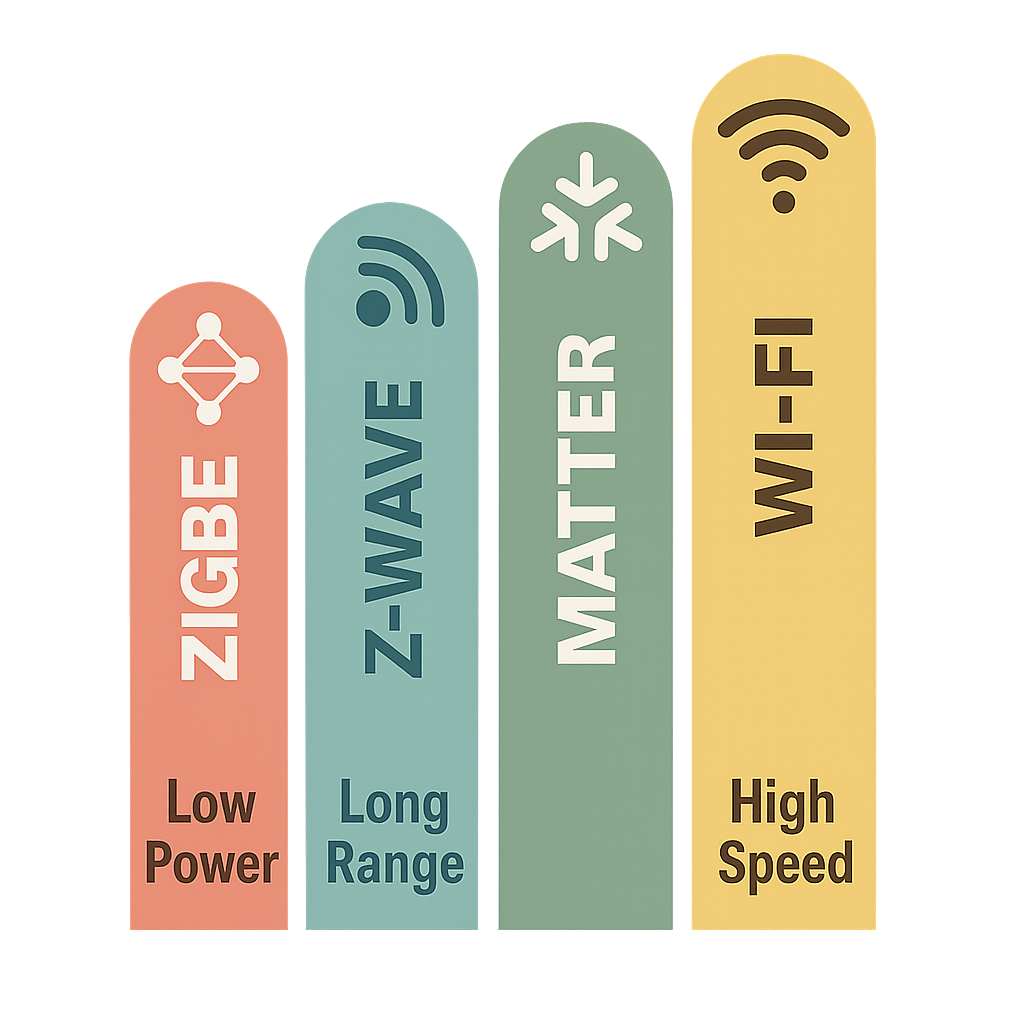
Gateway and Hub Selection: The Central Command
Your smart home hub serves as the central nervous system, processing automation rules, managing device communications, and providing the interface for system control. Hub selection directly impacts system performance, expansion capabilities, and long-term reliability.
Essential hub capabilities
- Multi-protocol support for maximum device compatibility and integration flexibility
- Local processing power ensuring responsive automation even during network outages
- Robust security features protecting your home network and connected devices
- Regular firmware updates maintaining compatibility with emerging technologies
Processing power and memory capacity become increasingly important as your system grows. Advanced automation scenarios, multiple device management, and complex rule processing require sufficient computational resources. Consider hubs that offer expansion possibilities, allowing you to add protocol modules or increase processing capacity as your smart home requirements evolve over time.
Essential Components for Every Smart Home
Building a smart home requires careful component selection, prioritising devices that form the backbone of your automated ecosystem. These foundational elements enable basic automation whilst providing the infrastructure for future expansion and advanced features.
Core device categories
- Smart switches and dimmers providing lighting control and energy monitoring
- Wireless sensors detecting motion, temperature, humidity, and door/window status
- Smart plugs enabling control of standard appliances and devices
- Environmental controllers managing heating, cooling, and climate systems
Component compatibility extends beyond basic protocol support to include proper integration with your chosen hub's automation engine. Quality devices offer reliable communication, consistent performance, and comprehensive status reporting that enables sophisticated automation scenarios. Selecting established manufacturers with proven track records ensures ongoing support, firmware updates, and compatibility with emerging standards.
Integration Strategies and Implementation Phases
Systematic implementation prevents the overwhelming complexity that often accompanies rapid smart home expansion. A phased approach allows you to learn your system's capabilities whilst ensuring stability and reliability as new components are integrated.
Implementation phase structure
- Phase 1: Hub installation and core lighting control establishment
- Phase 2: Environmental monitoring and security sensors deployment
- Phase 3: Advanced automation rules and scene programming
- Phase 4: Integration of entertainment systems and specialised devices
Room-by-room integration provides natural boundaries for testing and optimisation before expanding to additional areas. This approach allows you to refine automation rules, identify optimal device placement, and resolve any compatibility issues within a controlled scope. Installing wall controller switches during the initial phase ensures physical control options remain available throughout system configuration. Maintain detailed documentation of device locations, automation rules, and network configurations to facilitate troubleshooting and future expansion planning.

Scalability and Future-Proofing Your Investment
Smart home design must accommodate growth and technological evolution whilst protecting your initial investment. Future-proofing strategies ensure your system remains relevant and expandable as new technologies emerge and your automation requirements develop.
Scalability planning principles
- Modular architecture allowing incremental expansion without system redesign
- Protocol flexibility supporting emerging standards and device categories
- Adequate network infrastructure capacity for additional devices and data traffic
- Regular system updates maintaining compatibility and security standards
Emerging technologies like Matter promise improved interoperability across different ecosystems, whilst advances in artificial intelligence enable more sophisticated automation capabilities. Design your system architecture with sufficient flexibility to incorporate these developments without requiring complete system replacement. Consider hub upgrade paths and protocol migration strategies that protect your device investments whilst enabling technological advancement.
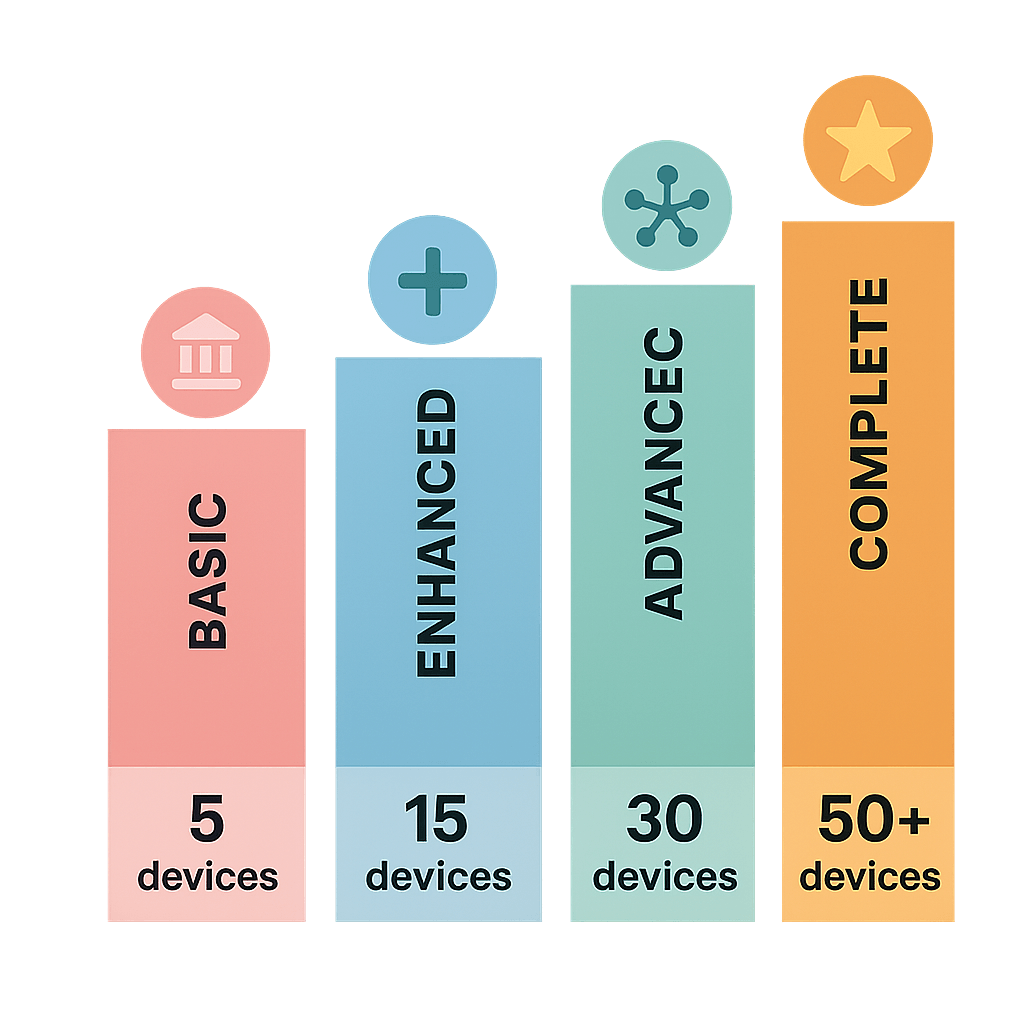
Troubleshooting and Optimisation Best Practices
Maintaining optimal smart home performance requires ongoing attention to network health, device management, and system optimisation. Proactive maintenance prevents minor issues from developing into major system disruptions that compromise automation reliability.
Network optimisation techniques
- Strategic repeater placement ensuring strong signal coverage throughout your property
- Regular mesh network optimisation maintaining efficient communication pathways
- Interference monitoring and mitigation protecting against wireless signal conflicts
- Battery monitoring for wireless devices preventing unexpected communication failures
Common integration challenges often stem from insufficient network planning or device configuration errors. Systematic troubleshooting approaches, including device isolation testing and network diagnostics, help identify and resolve connectivity issues efficiently. Remote controllers can provide valuable diagnostic capabilities when addressing system connectivity issues. Maintain backup configurations and document successful automation rules to facilitate quick recovery from system updates or device replacements.
Conclusion
Strategic smart home integration transforms the complex challenge of building a smart home into a manageable, rewarding process that delivers lasting value. By focusing on foundational planning, proper system architecture, and thoughtful component selection, you create a robust ecosystem that grows seamlessly with your evolving needs whilst maintaining consistent performance and reliability.
Start with core components and gradually expand your system, allowing each phase to demonstrate value before moving to the next level of integration. This methodical approach ensures that future additions enhance rather than complicate your smart home experience, turning what could be a frustrating technical challenge into an enjoyable journey towards complete home automation mastery.
Vesternet offers a comprehensive range of gateway hubs, wireless protocols, smart switches, and control devices designed to support every aspect of your smart home journey. Our expert guidance helps you design the perfect system for your specific requirements and goals, ensuring your investment delivers maximum value and performance for years to come.










